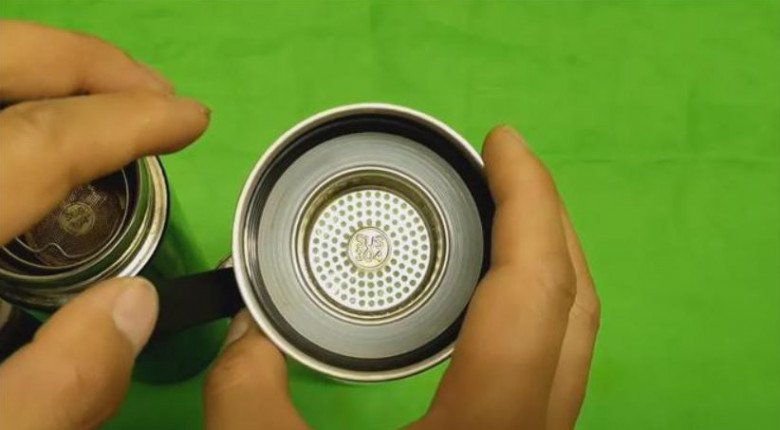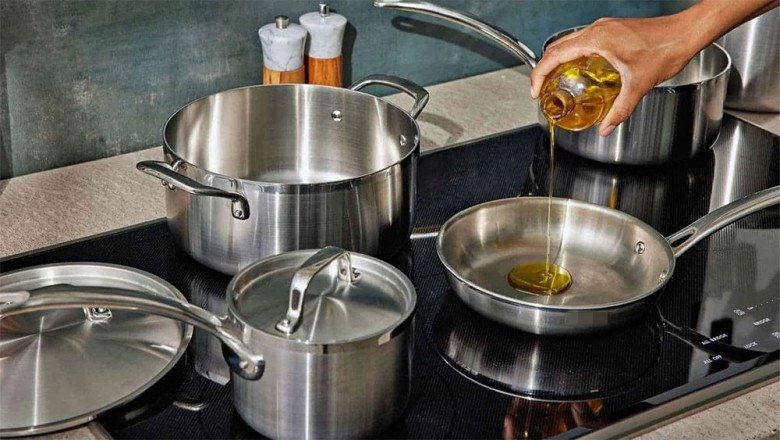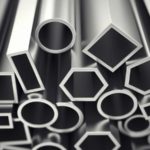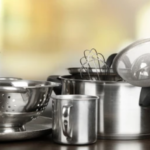Type 304 stainless steel, also known as Austenitic stainless steel, is the most widely used type of steel in the world today. The primary components of 304 stainless steel are chromium (Cr) and nickel (Ni), along with 1% Manganese, Chromium, and 8% nickel, with the remaining composition being iron.
You’ll find that many household items are made from 304 stainless steel, such as pots and pans, cutlery, water heaters, kettles, and vacuum flasks.
One of the advantages of 304 stainless steel is its compatibility with induction cooktops. It also offers good corrosion and oxidation resistance, a smooth surface that is easy to clean and resistant to dirt, a bright and shiny appearance, and high durability. For these reasons, many people recommend choosing 304 stainless steel when purchasing household items, especially those intended for food preparation.

However, experiments have shown that 304 stainless steel is one of the lowest-performing options when it comes to meeting certain standards. In comparison, 316 stainless steel is considered a much better option.
Type 316 stainless steel, also known as SuperAustenitic stainless steel, primarily consists of Chromium (Cr) and Nickel (Ni), with an additional 2% Molybdenum. There are also variations of 316 stainless steel, including 316-L (low carbon content) and 316-H (high carbon content).
While 316 stainless steel shares similar characteristics with 304, it offers superior corrosion resistance, particularly against acids and alkalis, and has a brighter and shinier appearance. This is due to the presence of 2% Molybdenum in 316, which is absent in 304. In harsh environmental conditions, such as seawater, acids, alkalis, and chemicals, 316 stainless steel is less likely to rust compared to 304.

So, should you choose household items made from 304 or 316 stainless steel?
The choice between 304 and 316 stainless steel depends on your specific needs and budget. While 316 is highly regarded for its superior corrosion resistance and durability, it comes at a higher cost, almost double that of 304.
For daily use, such as cooking and eating, 304 stainless steel is more than sufficient. It is the best choice to save costs while ensuring health and safety.
However, if you work in an environment where corrosion is a concern, such as exposure to acids or seawater, then 316 stainless steel is the recommended option.
Is Stainless Steel 304 Kitchenware Really That Good? The Answer May Surprise You!
“When it comes to purchasing household appliances, you’ve probably heard the advice to opt for stainless steel, specifically the type known as ‘inox 304.’ But is it really worth the hype, and is it the best option out there? Let’s delve into the world of stainless steel and uncover the truth behind the popularity of inox 304.”
What is Stainless Steel 304? How to Distinguish Stainless Steel Types
Step into the world of stainless steel and discover the secrets of Inox 304. Learn how to differentiate between the various types of stainless steel and make informed choices when selecting products made from this versatile material. It’s time to unlock the mysteries of Inox and become a savvy shopper!



































